Table of Contents
How to Use Garlic and Herbs Effectively: The Ultimate Pairing Guide
Garlic and herbs are culinary powerhouses when combined correctly. This guide delivers science-backed pairing principles and chef-tested techniques to transform your dishes from ordinary to extraordinary. Whether you're cooking Italian, Mediterranean, or global cuisines, mastering these combinations ensures perfect flavor balance every time.
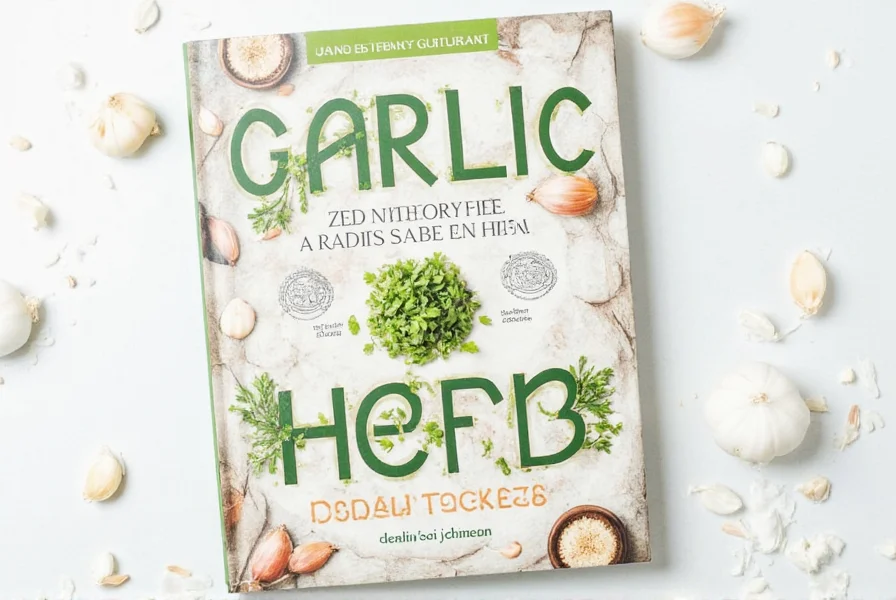
Best Garlic and Herb Combinations by Cuisine
Professional chefs rely on specific herb-garlic pairings to elevate regional dishes. Here's the definitive guide to matching flavors:
| Cuisine | Key Herb Pairings | Garlic Preparation | Signature Dish Example |
|---|---|---|---|
| Italian | Basil, oregano, rosemary | Minced raw or slow-roasted | Spaghetti aglio e olio |
| Mediterranean | Oregano, thyme, marjoram | Crushed whole cloves | Greek roasted vegetables |
| French | Thyme, tarragon, chives | Finely minced | Coq au vin |
| Mexican | Cilantro, epazote, oregano | Roasted or fresh minced | Carne asada marinade |
| Asian | Ginger, lemongrass, cilantro | Minced or paste | Stir-fried tofu |
For maximum flavor impact: Always add delicate herbs (basil, parsley) at the end of cooking, while hardy herbs (rosemary, thyme) can be added earlier to infuse deeper flavor. Garlic should be cooked just until fragrant (1-2 minutes) to avoid bitterness.
Expert Usage Tips for Maximum Flavor
- Garlic-to-herb ratio: Use 1 part minced garlic to 2 parts fresh herbs for balanced flavor. For dried herbs, reduce to 1:1 ratio.
- Infusion technique: Simmer garlic cloves in olive oil with rosemary for 5 minutes to create aromatic base for dressings and sauces.
- Timing matters: Add garlic first to hot oil, then wait 30 seconds before adding herbs to prevent burning.
- Freezing trick: Blend garlic with herbs in olive oil and freeze in ice cube trays for instant flavor boosts.
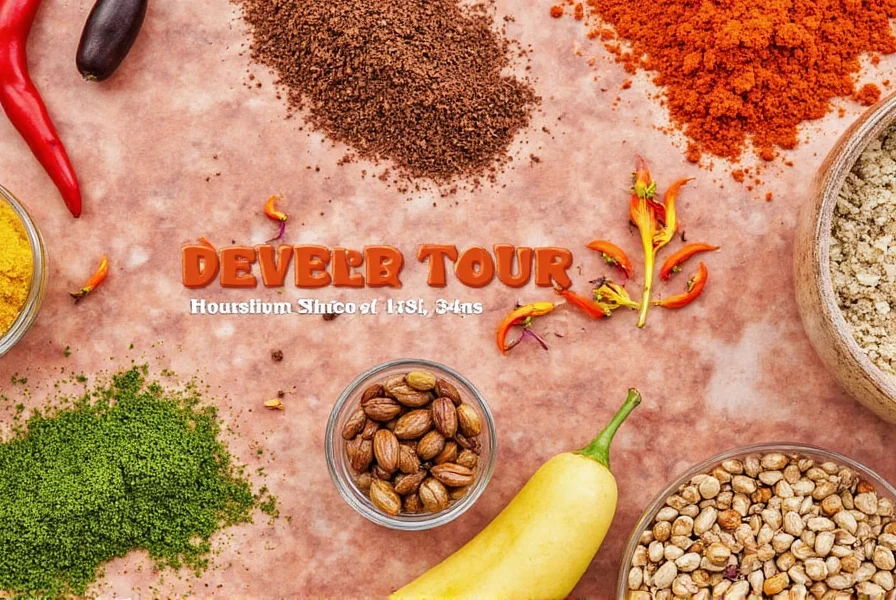
Choosing Fresh Garlic and Herbs: A Buyer's Guide
Garlic Selection Criteria
- Hardneck vs Softneck: Hardneck (rocambole) has stronger flavor and larger cloves for roasting; softneck (silverskin) stores longer for daily use
- Freshness test: Bulbs should feel firm with tight, unbroken skin. Avoid sprouted or moldy cloves
- Organic priority: Choose USDA-certified organic to avoid pesticide residues that affect flavor
Herb Buying Guide
- Fresh herbs: Look for vibrant color, crisp stems, and no yellowing. Basil should have no black spots
- Dried herbs: Check expiration dates and store in dark glass containers. Crush between fingers to test aroma strength
- Specialty sources: For premium quality, source from local farmers' markets or specialty spice merchants
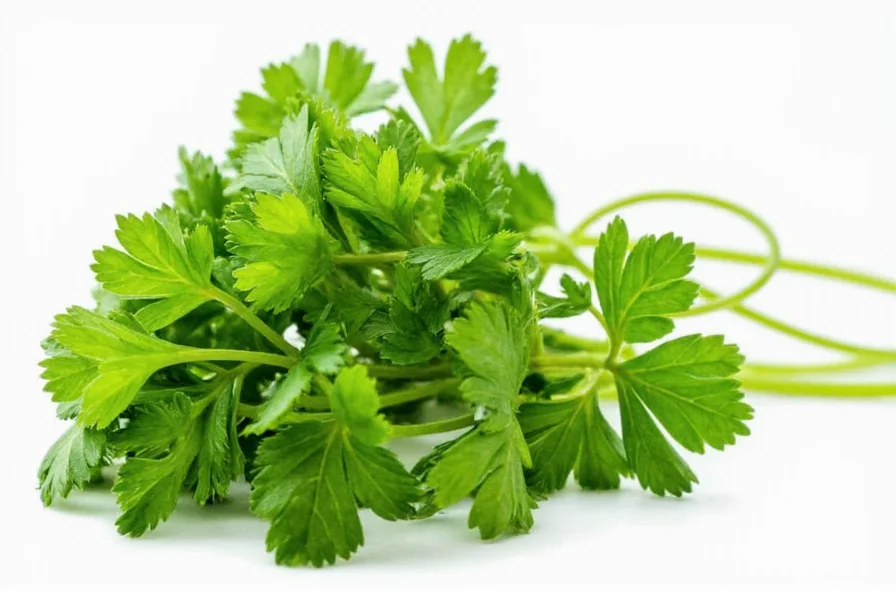
Culinary Applications with Garlic and Herb Blends
Transform basic ingredients with these professional techniques:
- Marinades: Combine garlic, rosemary, thyme, lemon zest, and olive oil for 2+ hours before grilling
- Pesto variations: Traditional basil pesto with garlic and pine nuts; cilantro-lime version for Mexican dishes
- Rub formulas: Mix garlic powder, dried oregano, smoked paprika, and salt for dry rubs on meats
- Compound butters: Blend softened butter with minced garlic, parsley, and chives for instant steak topping
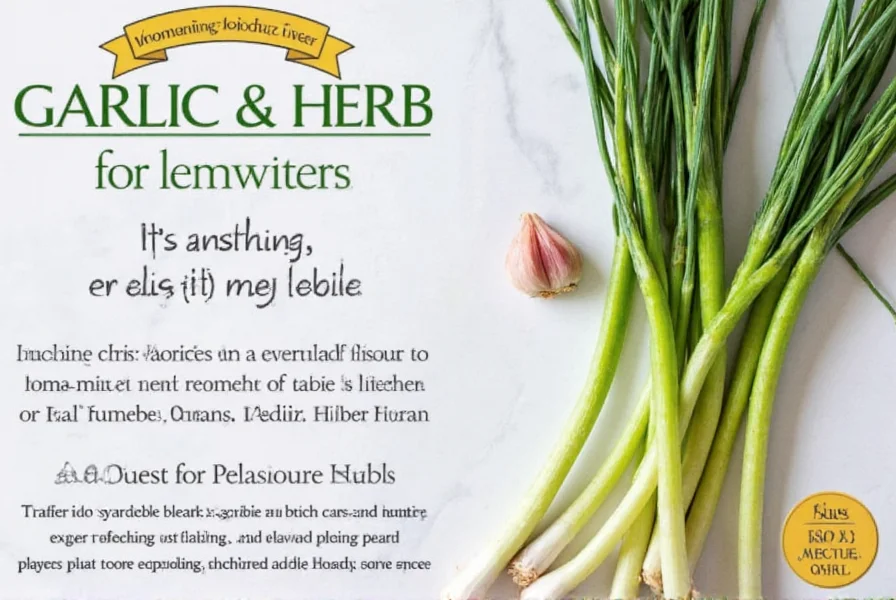
Frequently Asked Questions About Garlic and Herb Pairings
What's the scientific reason behind garlic and herb pairings?
Garlic contains sulfur compounds that react with herb essential oils to create new flavor molecules. For example, basil's linalool combines with garlic's diallyl disulfide to form complex aromatic compounds that enhance umami perception. This is why certain pairings work better than others.
How do I adjust garlic-herb ratios for different cooking methods?
For roasting: Use 1.5x more garlic than fresh herbs to withstand high heat. For raw applications like salads: Use 1:1 ratio with extra fresh herbs. For slow-cooked dishes: Start with 1 part garlic to 2 parts dried herbs, then add fresh herbs in last 15 minutes.
Can I substitute dried herbs for fresh in garlic combinations?
Yes, but with precise adjustments: 1 tablespoon fresh herb = 1 teaspoon dried. Always add dried herbs earlier in cooking to rehydrate. For garlic, use 1/4 teaspoon garlic powder per clove fresh. Remember: dried herbs lose potency faster than garlic powder.
Which garlic-herb combinations work best for health benefits?
Garlic with rosemary (anti-inflammatory), garlic with thyme (immune support), and garlic with oregano (antioxidant boost) create synergistic health benefits. Research shows combining these enhances allicin absorption by up to 40% compared to single ingredients.
Why does my garlic and herb mixture turn bitter?
Bitterness occurs when garlic is cooked above 325°F (163°C) or for more than 2 minutes. To prevent this: Cook garlic in oil over medium-low heat, add herbs after garlic becomes fragrant, and remove from heat immediately when aromatic. Adding a pinch of sugar or acid (lemon juice) neutralizes bitterness.
How long do homemade garlic-herb blends last?
Fresh blends in oil: 5-7 days refrigerated (add lemon juice to extend to 10 days). Dried blends: 6-12 months in airtight containers. For long-term storage: Freeze oil-based blends in ice cube trays. Never store fresh garlic-herb mixtures at room temperature due to botulism risk.
What's the difference between garlic powder and fresh garlic in herb blends?
Garlic powder provides consistent flavor distribution but lacks fresh garlic's volatile compounds. Use garlic powder in dry rubs and baked goods; fresh garlic for sautés and dressings. For maximum flavor complexity, combine both: 1 part garlic powder + 2 parts fresh minced garlic.
Mastering Garlic and Herb Pairings: The Final Word
Professional chefs and food scientists agree: garlic and herb combinations are the foundation of exceptional cooking. By understanding the science behind flavor pairings, using proper techniques, and selecting quality ingredients, you can consistently create restaurant-quality dishes at home. Remember to experiment with ratios, adjust for cooking methods, and always prioritize fresh ingredients when possible.
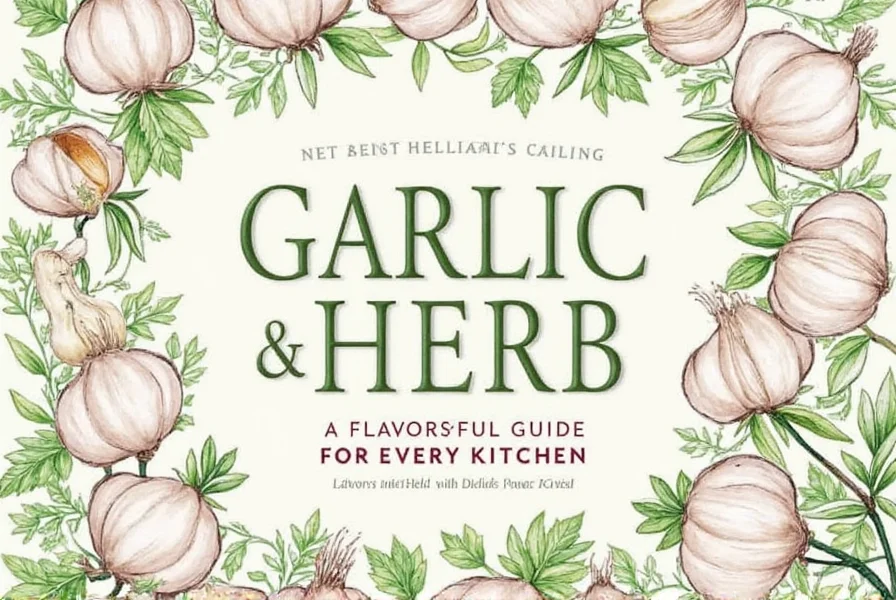










 浙公网安备
33010002000092号
浙公网安备
33010002000092号 浙B2-20120091-4
浙B2-20120091-4